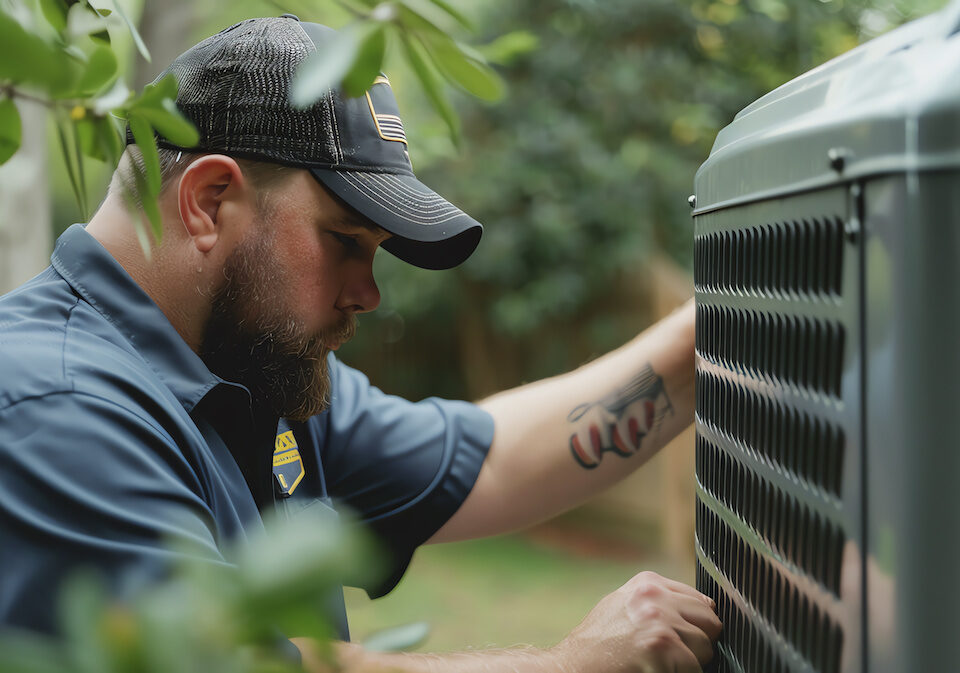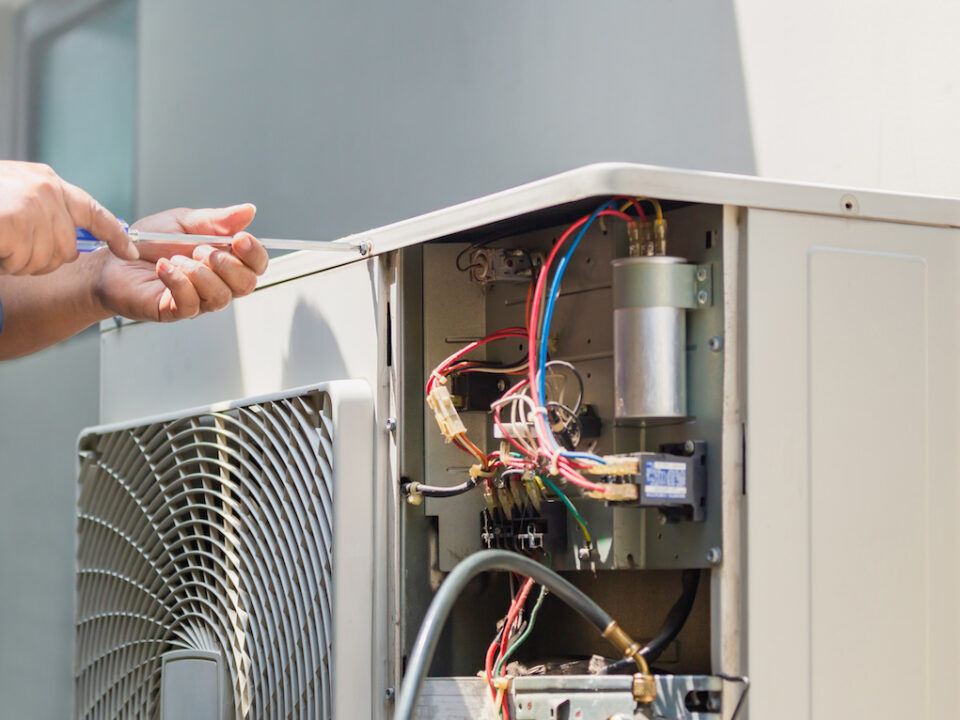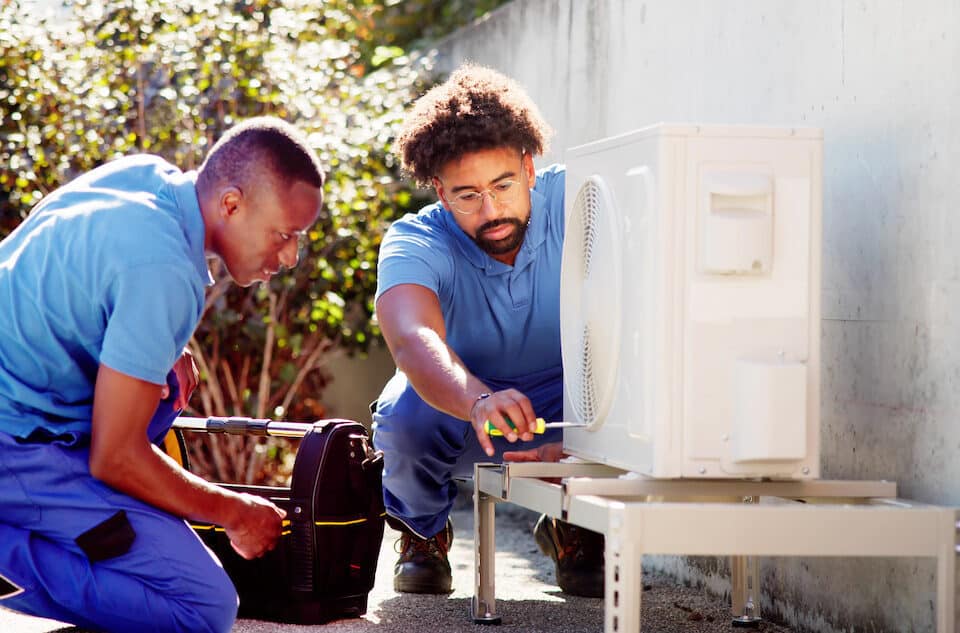Dealing with Mold in HVAC Systems
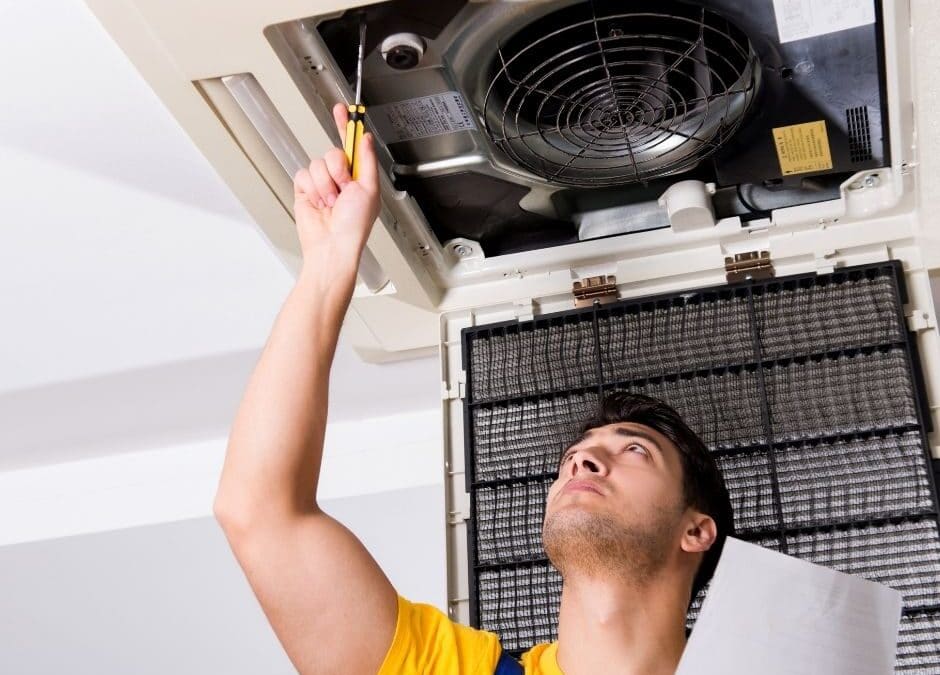
All too commonly, mold in HVAC systems occurs in Georgia homes. With a hot and humid climate, mold is an issue we see more often than we’d like. Unfortunately, our environment makes for the perfect conditions for mold growth.
And not only is mold unsightly and foul-smelling, but it can impact the health of you and your family in the worst of ways. And to add to the severity, mold can be tough to detect, especially if it is growing in the air ducts and other parts of your HVAC system.
Nevertheless, preventing an infestation is absolutely possible. And with professionals you can count on, eliminating mold growth may be easier than you think.
In this blog, TRUST Heating & Airaddresses the causes and signs of mold in HVAC systems. Knowing what to look for and how to avoid mold growth will keep you and your loved ones as healthy as possible.
Read on to learn all about mold within the HVAC system and start preventing growth today.
Identifying Mold in HVAC Systems
Discovering mold in HVAC systems can be tricky. However, if you notice all the signs of mold and do not see any evidence in the damp areas of your home, you can conclude that the problem may be inside your home’s AC system.
Most of the time, the physical evidence is hidden throughout the various parts of the system, making it difficult to detect by sight. Keep watch for the following signs indicating a mold issue within your HVAC system:
- Strong, musty odor
- Visible mold growth on air ducts or vents
- Fluid leaking from the HVAC system
- Cold-like symptoms of mold exposure
Side Effects of Mold Exposure
Your home is supposed to be one of the safest places you can be. However, with the presence of mold in HVAC systems, our homes can actually make us very sick. The side effects of mold exposure are similar to common illnesses and ailments. And because of this, people often don’t suspect a mold problem simply from experiencing the sickness that comes with it.
That’s why it’s essential to pay close attention to how you feel inside your home. The following are some of the typical reactions to mold exposure that you should be familiar with:
- Coughing
- Congestion
- Headaches
- Sneezing
If you experience any of the above ailments, it’s certainly worth your time to investigate further. After several doctors’ visits, and failed success with common cold medications, these symptoms will persist as long as the mold is still present. In other words, if the above symptoms go on despite your attempts to overcome the illness, you likely have a mold issue.
Another way to differentiate between respiratory illness and mold exposure is to determine if your symptoms subside when you’ve spent a period of time outside of the home. If this is the case, mold is likely the culprit.
Additionally, mold can cause more alarming interruptions in health. Especially for those with preexisting respiratory issues, more severe illnesses can occur, including:
- Asthma attacks
- Bronchitis
- Pneumonia
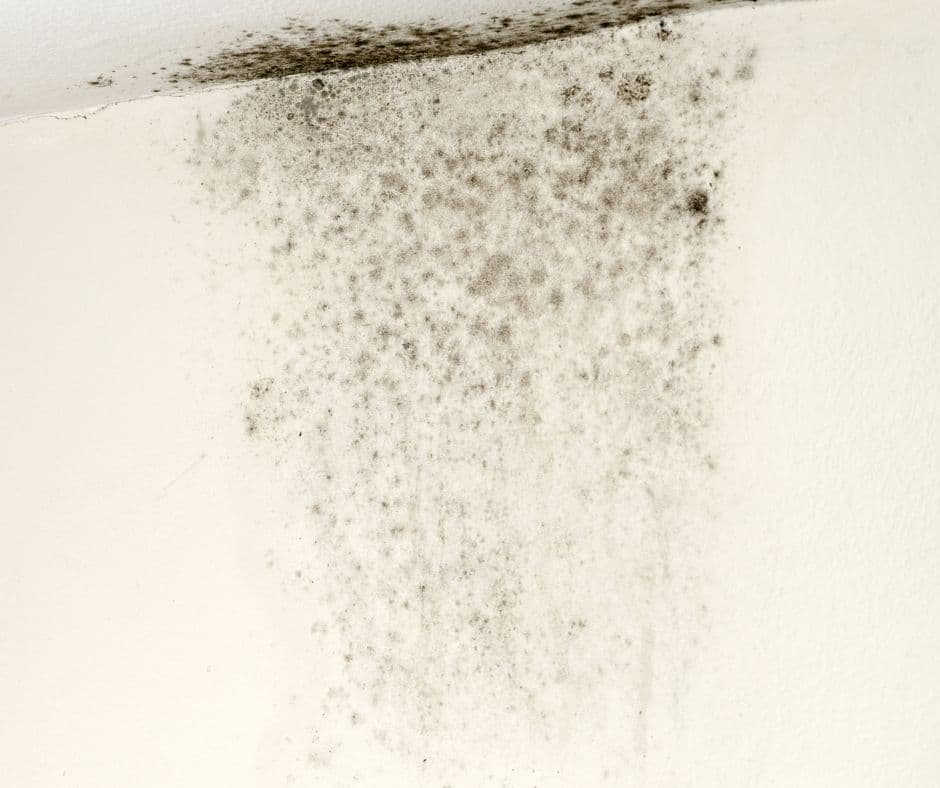
Causes of Mold in HVAC Systems
For mold to grow, the conditions must be right. To start, the mold in HVAC systems thrives on excessive moisture. And that’s precisely why mold tends to be a larger issue in humid climates where indoor moisture levels are more challenging to control.
The other two causes of mold growth within an HVAC system are poor ventilation and the presence of dust and other particles indoors.
1 | Excessive Moisture
The number one cause of mold in HVAC systems is high indoor humidity levels. Ideally, the humidity level inside your home should fall between 30% and 50%. Below this range, household members will experience an uncomfortably dry environment. And when the levels exceed 50%, you and your family are stuck with a sticky and damp climate.
Not enough moisture in the air can cause health issues, too. However, with excessive moisture in the air, mold growth is extremely likely.
2 | Poor Ventilation
If your home is not well ventilated, moisture that would otherwise be circulated and pushed out of the house gets trapped. For instance, if your bathroom exhaust fan is not working correctly or not used efficiently, the steam from showering becomes stagnant in the air, causing a major spike in humidity levels.
3 | Dust
The final ingredient to create the perfect mold-growth cocktail is dust and other particles in the air. Dust and debris act as nourishment for mold. How it works is that the dust settles in the water collected in the HVAC system. And with the two present, mold growth occurs.
How to Prevent Mold in HVAC Systems
Without a doubt, detecting mold can be difficult. However, preventing it is much easier. That being said, the smartest way to avoid mold issues is to prevent it from showing up in the first place.
Keep you and your family safe by preventing mold growth in your home in the following ways.
Invest in Quality Air Filters
Not all air filters are designed to look out for the health of your household members. That’s why it’s critical to invest in purchasing high-quality air filters to prevent mold in HVAC systems.
Next time you head out to the store to replace your air filter, look for high-efficiency particle absorber filters. These filters are built to eliminate dust, mold, and other allergens.
Additionally, be sure you replace your filter at least every couple of months. However, if you have had issues with mold, dust, or other contaminants, you’ll want to switch it out more often.
Consider Purchasing a Dehumidifier
Dehumidifiers can do wonders in a humid home. These appliances take in the moist air, remove the water, and push out dry and clean air.
Also worth noting is that dehumidifiers typically only address the humidity in a single room. These smaller dehumidifiers are portable, making it easy to move them from one room to another. However, if your home’s humidity levels are significantly higher than they should be, you may want to consider a whole-home dehumidifier to get the job done right.
Make a Habit of Regular Maintenance
Keep your HVAC in check with regular maintenance. By scheduling a basic inspection about twice a year, you can avoid major problems with your HVAC, including mold infestations. In fact, it’s nearly impossible to run into a massive infestation when you have the professionals looking at the unit twice a year.
Schedule Duct Cleanings
Aside from general inspections, having your air ducts cleaned out every couple of years can help to prevent mold infestations. Not only does a professional cleaning get rid of any existing mold spores and growth, but it also creates the perfect conditions to avoid it altogether.
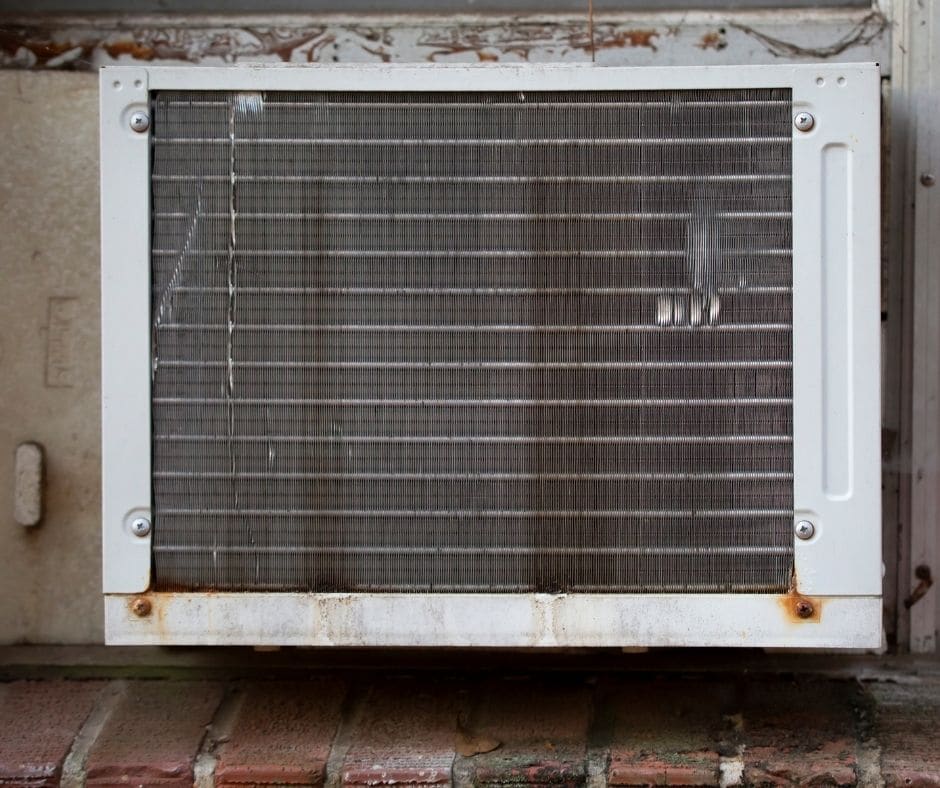
How TRUST Heating & Air can Help
When it comes to eliminating mold inside your home, it is best to call in the pros. Removing mold in HVAC systems can be hazardous if not done correctly. Special tools and knowledge from experience allow the experts to eliminate infestations of mold in HVAC systems safely and effectively.
Count on TRUST Heating & Air to get rid of and prevent further mold infestations. Offering first-class safety and comfort with industry-leading expertise is our pleasure. Our certified technicians are highly-trained, skilled professionals attune to your home’s needs.
Call our team at TRUST Heating & Air today at 678-498-6276 to schedule an appointment for top-notch service.

